
I still remember the first time a Canadian client called me in a panic: “Zion, WorkSafeBC’s on-site today. Are these steel toe boots CSA approved?” That’s when I knew—when it comes to PPE in British Columbia, especially steel toe boots, compliance isn’t optional—it’s survival.
WorkSafeBC requires steel toe boots in any workplace where foot injuries from impact, compression, or punctures are a risk. These boots must meet CSA (Canadian Standards Association) requirements and be properly maintained by both employers and workers.
If you’re supplying or sourcing work boots in Canada, especially in BC, it’s not just about durability—it’s about ticking the right safety boxes, too.
WorkSafeBC Requirements for Steel Toe Boots in the Workplace
British Columbia takes workplace safety seriously—and footwear is a key part of that picture.
WorkSafeBC regulations require workers to wear protective footwear when there’s a risk of foot injury due to heavy objects, sharp items, hot surfaces, or slippery floors. The boots must be CSA-certified and fit the type of hazard present.
These rules fall under OHS Regulation Part 8.22 and 8.23, which make it clear:
- If there’s any chance your foot could be crushed, punctured, or burned, protective boots are mandatory.
- The boots must meet or exceed CSA Z195 standards (more on that shortly).
- Employers are responsible for ensuring workers are properly equipped.
I’ve had clients ask, “Do we really need steel toes for warehouse work?” My answer: if there’s a forklift or a falling pallet anywhere nearby—yes, 100%.
When Are Steel Toe Boots Mandatory Under WorkSafeBC Regulations?
Not every job needs steel toe boots—but many do, and missing this detail can mean fines, injuries, or worse.
WorkSafeBC makes steel toe boots mandatory whenever workers face risks of impact, compression, or puncture—such as in construction, manufacturing, warehousing, and landscaping.
Here are some specific situations where they’re required:
- Operating or working near forklifts
- Handling heavy materials like pipes or sheet metal
- Using sharp tools or stepping on potential puncture hazards
- Working outdoors on uneven or icy terrain
If you’re unsure, WorkSafeBC’s rule of thumb is simple: if there’s a reasonable risk of injury to the feet, protective footwear must be used.
CSA Standards and Certification for Steel Toe Footwear
Let’s talk labels—because this is where a lot of suppliers get tripped up.
All steel toe boots used in BC must meet the CSA Z195 standard. The certification includes impact and compression resistance, puncture protection, and additional markings for slip, electric shock, or temperature resistance.
You’ll often see labels like these:
| CSA Symbol | Meaning |
|---|---|
| Green Triangle | Grade 1 toe cap with puncture-resistant sole |
| Yellow Triangle | Grade 2 toe cap (lighter-duty protection) |
| White Rectangle | Electrical hazard protection |
| Orange Omega | Static-dissipative properties (for electronics) |
I always advise buyers: ask for proof of CSA compliance before placing bulk orders. Don’t rely on supplier promises—check the actual stamp and the test certificate.
Employer Responsibilities for Providing Protective Footwear
This part matters, especially for buyers sourcing on behalf of large teams.
Under WorkSafeBC regulations, employers must assess foot hazards, inform workers of risks, and ensure appropriate PPE—including steel toe boots—is worn on the job. In high-risk jobs, employers are also expected to cover the cost of required safety footwear.
Here’s a quick checklist:
- Conduct a hazard assessment for each job role
- Choose CSA-certified boots that match the risk level
- Educate workers on proper usage and maintenance
- Replace damaged or worn-out boots immediately
- Keep records of PPE issued to staff
One of my Vancouver-based clients includes steel toe boots in their employee onboarding package—not just to comply, but to show staff they care from day one.
Industries Where WorkSafeBC Enforces Steel Toe Boot Use
Steel toe boots aren’t just for construction workers. Many industries in BC fall under these rules.
WorkSafeBC enforces steel toe boot use in industries like construction, warehousing, forestry, oil & gas, transportation, utilities, and even food processing—anywhere there’s potential for foot injury.
Let’s break it down:
| Industry | Typical Hazards |
|---|---|
| Construction | Falling objects, nails, concrete |
| Warehousing | Forklifts, dropped inventory, slippery floors |
| Manufacturing | Heavy machinery, sharp metal edges |
| Forestry | Chainsaws, logs, uneven ground |
| Oil & Gas | Hot surfaces, chemicals, impact risks |
| Food Processing | Wet floors, equipment, temperature extremes |
One buyer from Alberta told me their inspection score improved just by switching to better-labeled CSA boots. Turns out, compliance starts at the sole.
Key Safety Features of WorkSafeBC-Compliant Steel Toe Boots
So what makes a steel toe boot truly safe—and WorkSafeBC-compliant?
Approved steel toe boots must offer impact resistance (usually 125 joules), compression protection, puncture-resistant soles, and good grip. Optional features include waterproofing, thermal insulation, and chemical resistance depending on the worksite.
Here’s what I recommend looking for:
- CSA Z195 certification with clear symbols
- Toe protection—steel, composite, or aluminum cap
- Slip-resistant outsole—especially for wet or oily floors
- Midsole puncture plate—steel or composite
- Comfort features like padded collar or anti-fatigue insole
- Waterproof upper for outdoor or kitchen work
We’ve even helped customize boots with client logos and color coding for role identification (e.g. yellow for warehouse, red for visitors). Small details, big impact.
How to Maintain and Inspect Steel Toe Boots for Workplace Compliance
Buying the right boot is only half the job—keeping them functional is the other half.
To remain compliant, steel toe boots must be regularly inspected for damage such as worn soles, exposed steel caps, or broken seams. Workers should clean and dry them after each shift, and replace them every 6–12 months depending on wear.
Here’s a simple maintenance checklist:
- Inspect soles weekly for wear or cracks
- Replace boots with damaged toe caps or split stitching
- Clean mud, oil, and debris daily
- Store in a dry, well-ventilated area
- Keep a replacement schedule by role or jobsite
One client in BC rotates new boots into service every 9 months like clockwork—and hasn’t had a single foot injury claim in over three years. That’s the power of consistency.
Conclusion
In British Columbia, steel toe boots aren’t optional—they’re enforced by law. And if you’re a buyer responsible for keeping your team safe and compliant, you need gear that does both. That’s where I come in. Whether you need CSA-approved boots, custom branding, or just honest advice—I’ve got your back (and your feet).
Zion Zhang
Recent Posts
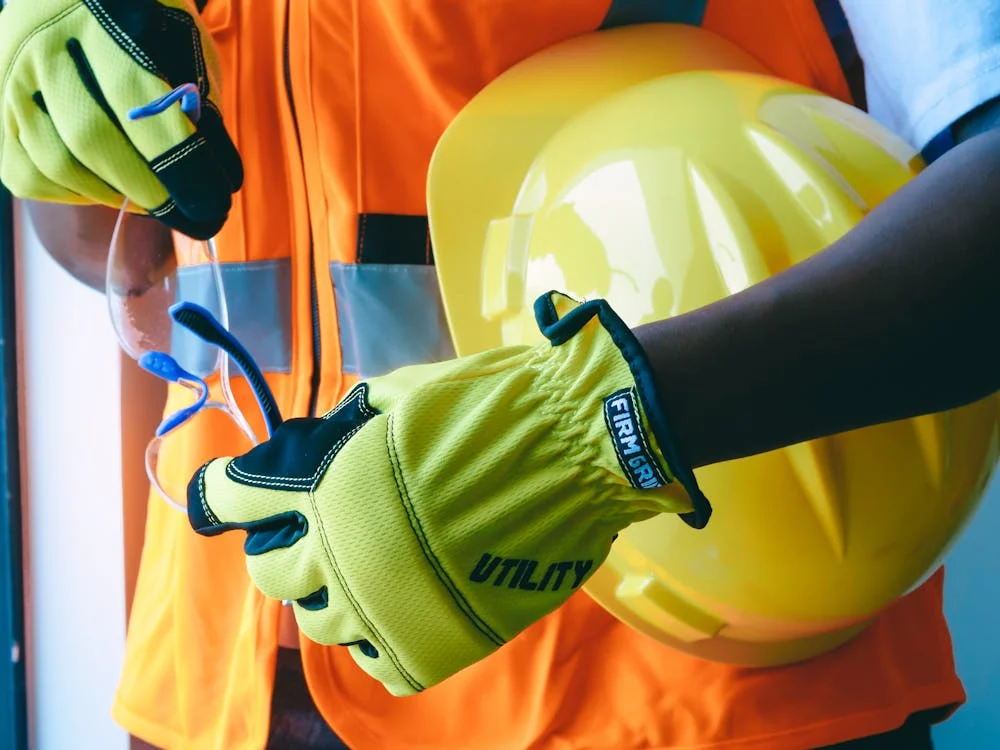 Smart Helmets and Vests: How IoT is Preventing On-Site Accidents2025年11月4日Smart Personal Protective Equipment (PPE) is redefining […]
Smart Helmets and Vests: How IoT is Preventing On-Site Accidents2025年11月4日Smart Personal Protective Equipment (PPE) is redefining […]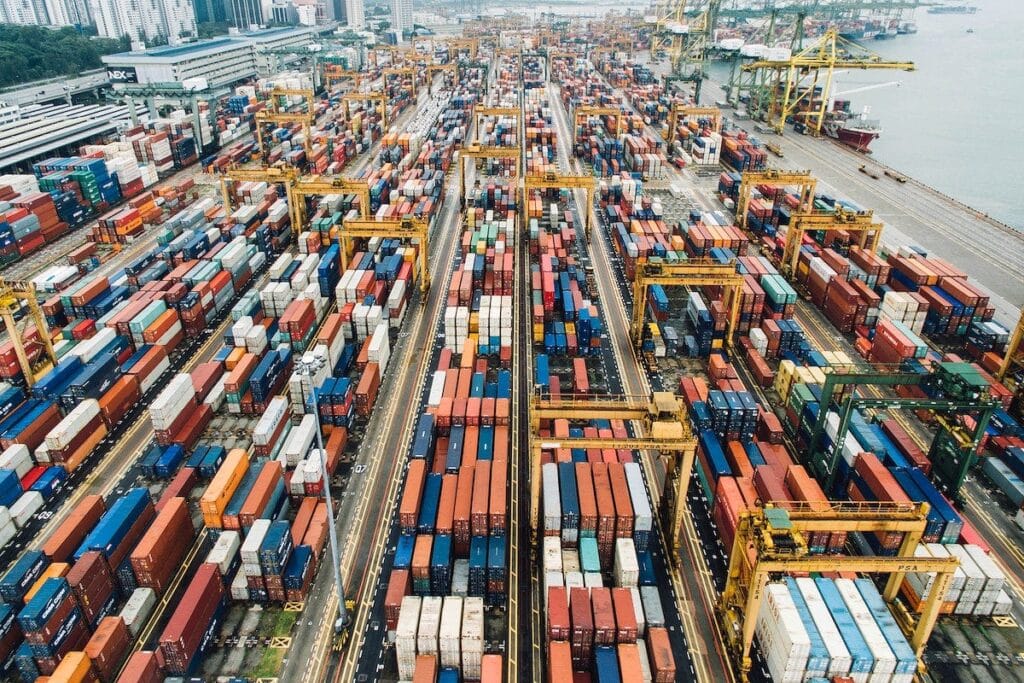 The Peruvian Entrepreneur Who Turned PPE Into a Family Business2025年10月31日Starting Point: A Small Shop Run by a Couple In the […]
The Peruvian Entrepreneur Who Turned PPE Into a Family Business2025年10月31日Starting Point: A Small Shop Run by a Couple In the […]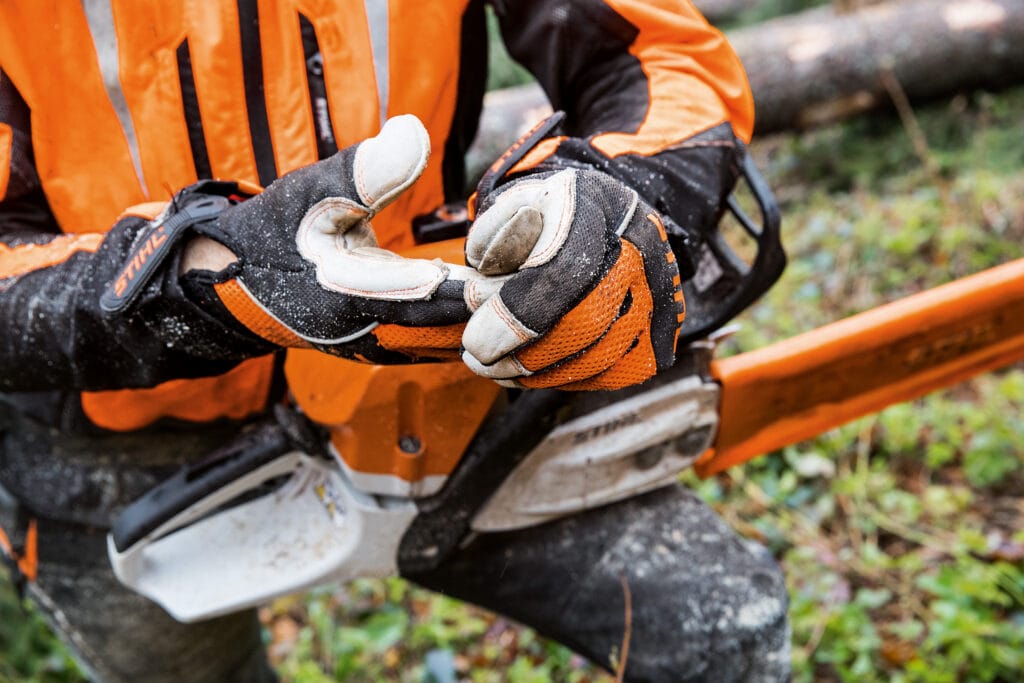 How a Kazakhstani Trader Won a Government Contract for Mining Workwear2025年10月30日In Kazakhstan’s booming mining industry, one small trader […]
How a Kazakhstani Trader Won a Government Contract for Mining Workwear2025年10月30日In Kazakhstan’s booming mining industry, one small trader […]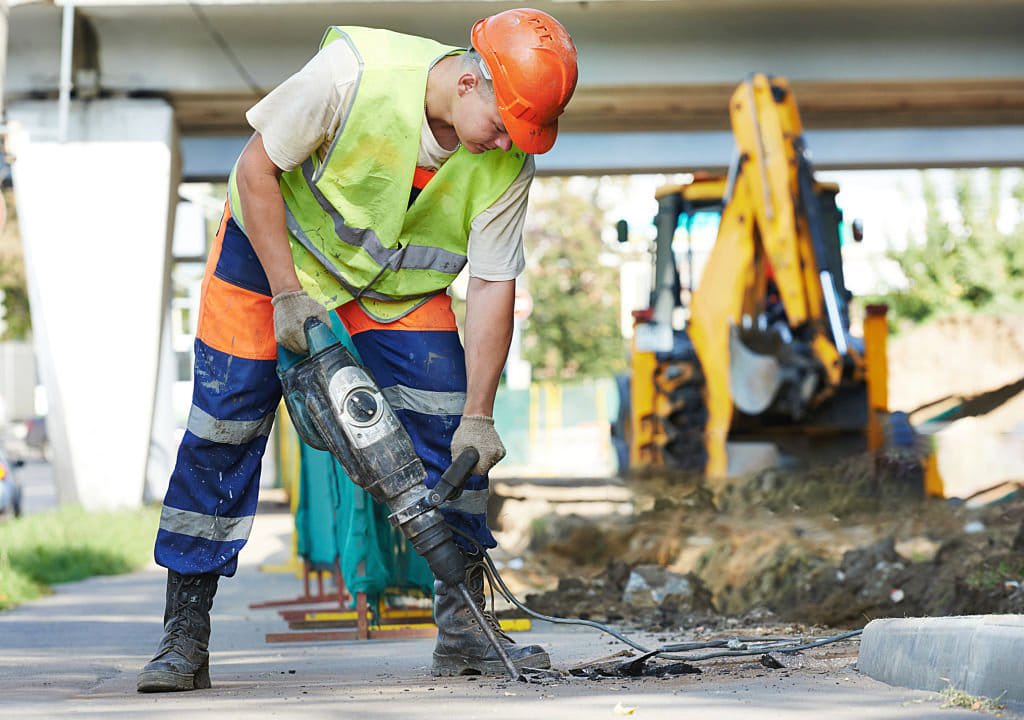 A South African Retailer’s Journey from Importing Shoes to Supplying Full PPE Kits2025年10月30日In South Africa’s rapidly growing industrial supply market, […]
A South African Retailer’s Journey from Importing Shoes to Supplying Full PPE Kits2025年10月30日In South Africa’s rapidly growing industrial supply market, […] How a Jordanian Contractor Built His Own Workwear Brand for Construction Projects2025年10月30日Introduction In the competitive world of construction, […]
How a Jordanian Contractor Built His Own Workwear Brand for Construction Projects2025年10月30日Introduction In the competitive world of construction, […]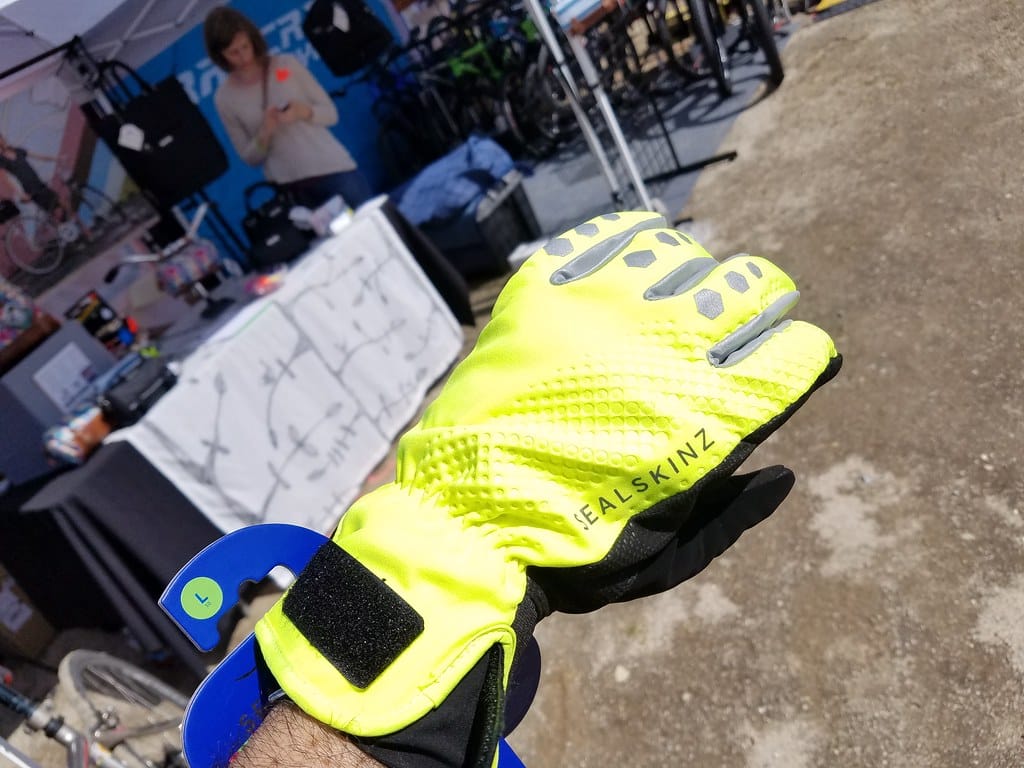 The Nigerian Agent Who Lost $50,000 on Fake Certificates — Then Came Back Stronger2025年10月20日Introduction In the global trade of PPE and industrial […]
The Nigerian Agent Who Lost $50,000 on Fake Certificates — Then Came Back Stronger2025年10月20日Introduction In the global trade of PPE and industrial […]
CONTACT US
- Feel free to contact us any time. We will get back to you as soon as we can!
- +86-17330061805
